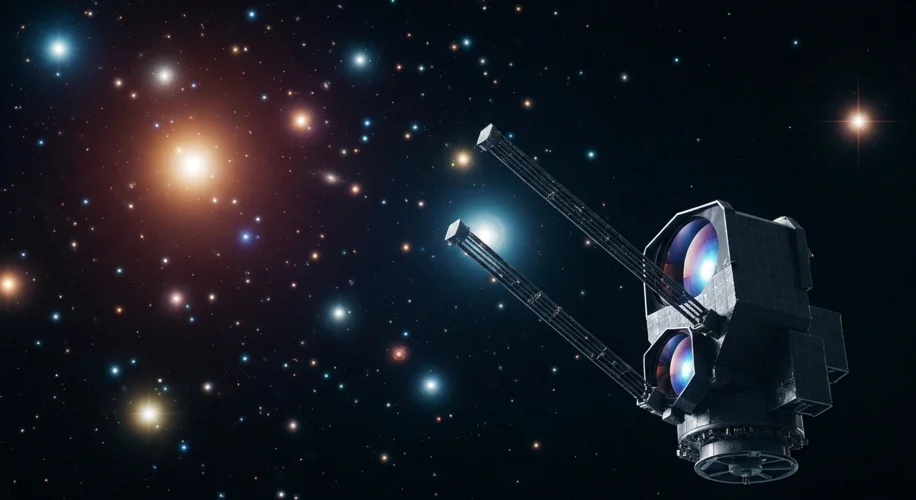Did you know that the James Webb Space Telescope (JWST) has recently spotted something extraordinary? It’s found around 300 incredibly luminous objects in the distant universe.
These aren’t just any faint smudges of light. We’re talking about objects that are shining so brightly, they’re challenging what we thought we knew about the early universe. Think of it like finding a spotlight in a pitch-black room – it immediately makes you ask questions.
So, what are these bright mysteries?
The leading theory is that they are indeed galaxies. But not just any galaxies. These are thought to be some of the very first galaxies that formed after the Big Bang. Imagine the universe in its infancy, a much younger place than the vast, structured cosmos we see today. These objects could be massive collections of stars and gas, glowing intensely as they were just starting to come together.
What makes them so intriguing is their sheer luminosity. Scientists are trying to understand how these early galaxies managed to become so bright so quickly. It suggests that star formation in the early universe might have been even more vigorous and efficient than we previously modeled.
However, science is all about exploring possibilities. While galaxies are the prime candidates, astronomers are also considering other explanations. Could some of these objects be something entirely unexpected? Perhaps massive black holes actively feeding at the centers of galaxies, or even unusual types of stars that existed in that early era?
This is why the JWST is such a powerful tool. Its incredible sensitivity allows us to peer further back in time than ever before, capturing light that has traveled for billions of years. Each observation is like opening a new chapter in the universe’s autobiography.
What’s next?
Astronomers will be busy analyzing the data from these 300 objects. They’ll be looking at their colors, their shapes (as much as can be resolved at such distances), and their light signatures to try and confirm their nature. It’s a process of careful deduction and comparison.
This discovery is a fantastic reminder that the universe is full of wonders waiting to be uncovered. It pushes the boundaries of our knowledge and inspires us to keep looking up, asking questions, and seeking answers. It’s discoveries like these that make the ongoing exploration of space so exciting and essential.

